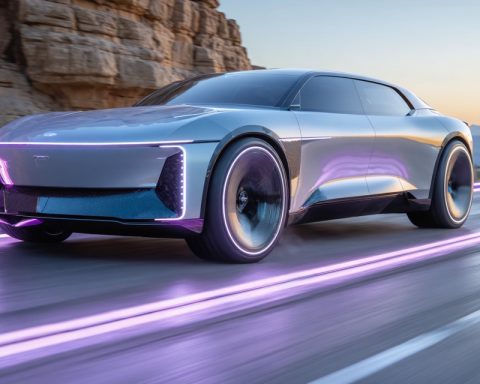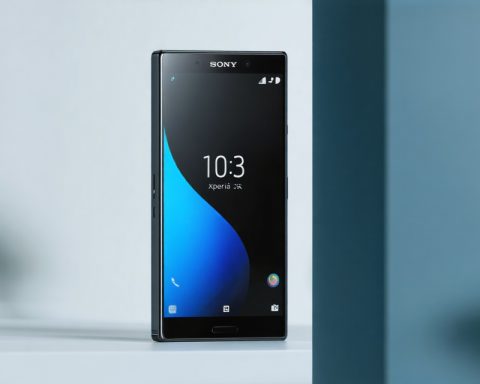In a bold move towards cutting-edge technology, a prominent tech CEO unveiled plans for a revolutionary tri-fold phone design, catering to the ever-evolving consumer demands.
Gone are the limitations of the past, as tech giants embrace a new era of innovation with tri-fold screen smartphones. It’s not merely a technical feat, but a strategic business decision shaping the future of mobile devices.
Industry insiders suggest that major players like Huawei and its subsidiary Honor are gearing up to launch tri-fold phones, capitalizing on the booming market trends. Recent reports indicate a substantial surge in demand, marking a significant shift in the smartphone landscape.
The introduction of tri-fold phones signals a pivotal moment in the smartphone industry, where advancements in screen technology and design converge to offer users a larger display and enhanced performance. It’s a clear indication of the industry’s commitment to delivering cutting-edge experiences to tech-savvy consumers.
The Rise of Tri-fold Phones: Pioneering Innovations in Smartphone Design
As the landscape of smartphone design continues to push boundaries, the emergence of tri-fold phones signifies a new chapter in the evolution of mobile devices. While the initial excitement around these innovative devices is palpable, several key questions and challenges come to the forefront, shaping the narrative around this groundbreaking technology.
What sets tri-fold phones apart from traditional smartphones?
Tri-fold phones offer users a unique experience by providing a larger display area that can be folded to enhance portability. This transformative design opens up possibilities for multitasking, immersive gaming experiences, and improved productivity, making them a compelling choice for tech enthusiasts seeking cutting-edge features.
What are the key advantages of tri-fold phones?
One of the standout advantages of tri-fold phones is their ability to expand the screen real estate without sacrificing portability. Users can enjoy a tablet-like experience in a compact form factor, ideal for on-the-go usage. Additionally, the innovative design provides flexibility in how users interact with their devices, offering versatility in both entertainment and productivity scenarios.
What are the key challenges or controversies associated with tri-fold phones?
While the concept of tri-fold phones holds great promise, there are challenges to address, including durability concerns related to the folding mechanism and the impact on battery life. Ensuring seamless functionality and long-term reliability will be crucial in establishing the credibility of these devices in the market. Moreover, the pricing of tri-fold phones may present a barrier to widespread adoption, raising questions about affordability and value for consumers.
Advantages of Tri-fold Phones:
– Expanded display area for enhanced multimedia experiences
– Improved multitasking capabilities
– Enhanced portability with a foldable design
– Potential for innovative user interactions and productivity features
Disadvantages of Tri-fold Phones:
– Durability concerns with the folding mechanism
– Possible impact on battery life due to increased screen size
– Higher cost compared to traditional smartphones
– Limited ecosystem support for foldable apps and features
As the smartphone industry continues to embrace innovation, tri-fold phones represent a bold step towards redefining the standard for mobile device design. By addressing key challenges and leveraging the advantages of this new form factor, manufacturers have the opportunity to captivate consumers with a compelling blend of style and functionality in the years to come.
For more insights on the latest trends in smartphone innovation, visit TechNews.



















